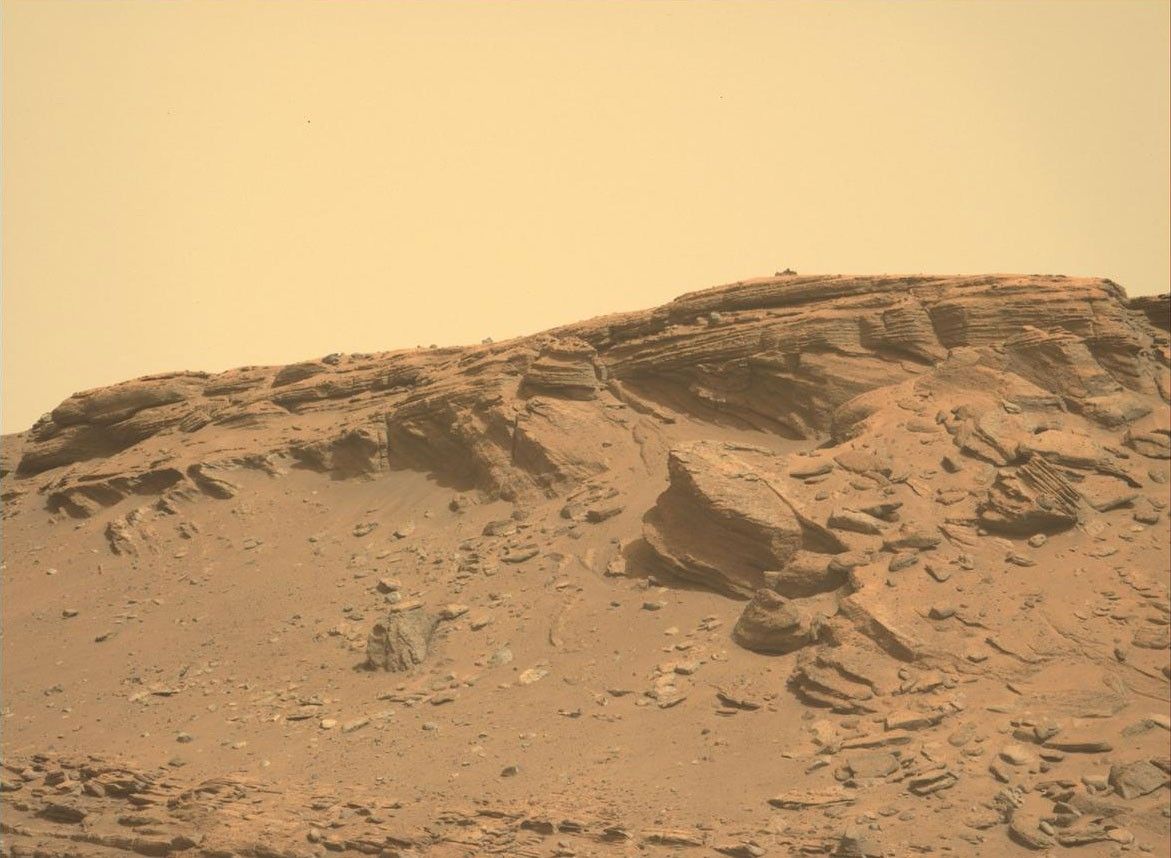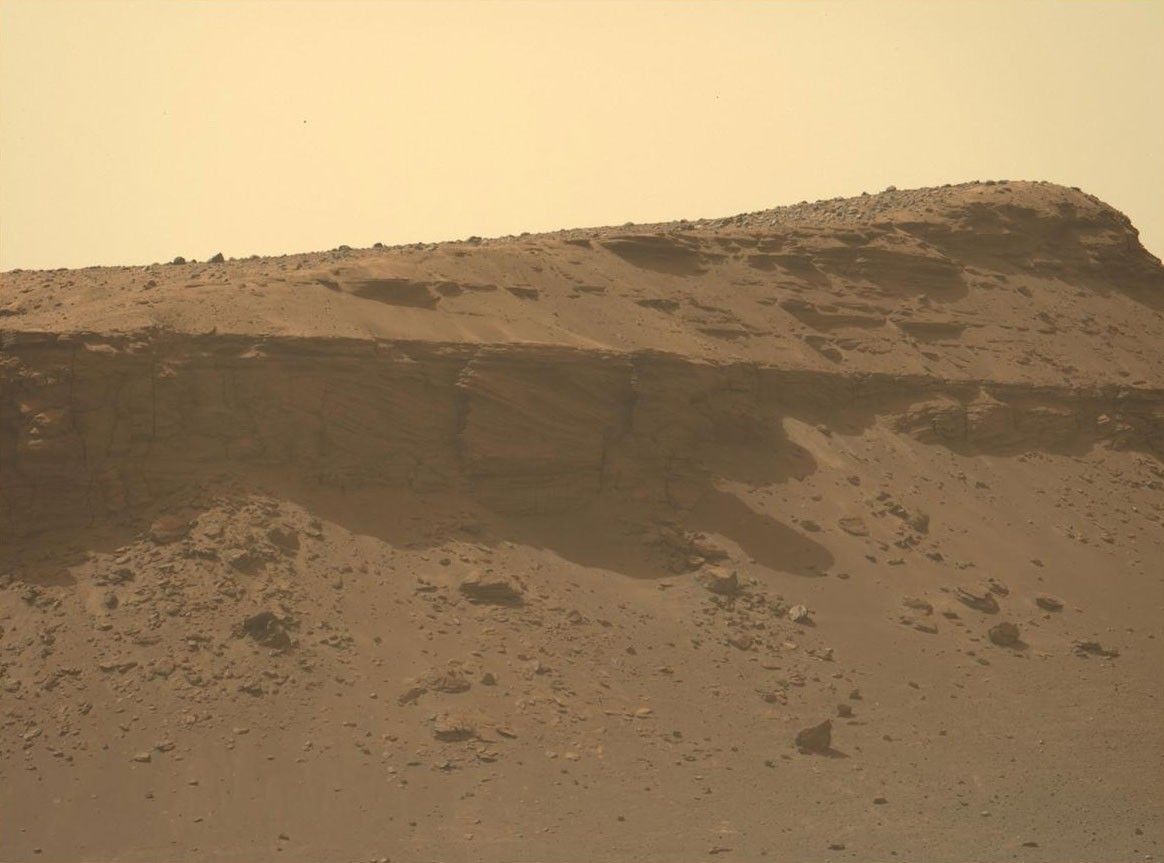
We made it! Perseverance is at the delta, and gracing us with stunning images to pour over.
Mars 2020 is officially out of “Rapid Traverse” mode, where we put the pedal to the metal and focused on driving. This week, we are back to standard operations, and the team is beginning our Delta Front Campaign. You can check out last week’s blog for details on why exploring the delta is so exciting. We haven’t left the Crater Floor Campaign entirely behind us though, as we’ll investigate the contact between the rocks of the crater floor and those that make up the delta, as well as between different types of crater floor rocks named ‘Máaz’ and ‘Séítah.’ Looking at contacts— the boundaries between different types of rocks— is a really important way for geologists to understand the sequence of events. Did one type of rock gradually transition into another, or was the change abrupt? Does the contact represent a change in environment or how the rocks were deposited? Was there a large gap of time between the distinct types of rocks? These are all questions we can investigate at contacts, and these will help us to better understand the history of Jezero crater.

Analyzing rover data is one way we learn about Mars’ geologic past, but planetary geologists can also study “terrestrial analogs.” These are locations on Earth where we can make valuable comparisons to what we see on other planetary bodies, such as Mars, to help us understand their landscapes. I’ve enjoyed hearing comparisons between Jezero and Earth from members of our Science Team; most recently we discussed how the Jezero delta sediments might be similar to those in Greece. As a British-Greek member of the team, I used to drive through the Gulf of Corinth each summer to visit family in Ακράτα (Akrata). Little did I know that I was gazing out the window at a wonderful analog for some of the deltaic features we’re seeing in Jezero today!
Over the next few months, we’ll use the entire suite of Perseverance instruments to explore the delta. We expect to find rocks that will be rather different from the igneous rocks (meaning they formed from magma or lava) of the crater floor. During that exploration, we will also take samples of some of the most interesting and astrobiologically promising rocks. I can’t wait to see what Perseverance will find!
Written by Eleni Ravanis, Student Collaborator at University of Hawaiʻi at Mānoa



























